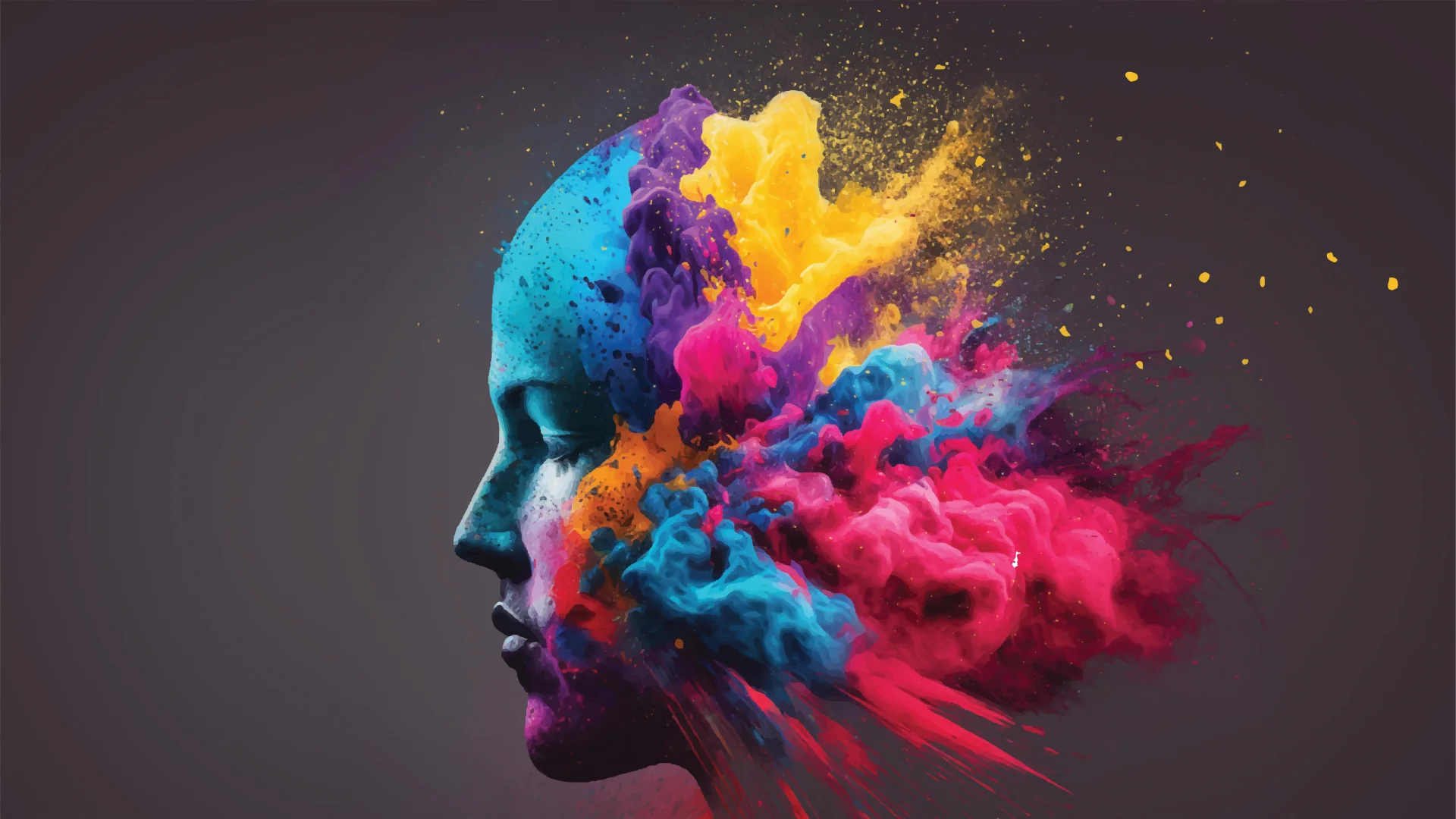Psychology Color
- Press Release
- November 17, 2024
Have you ever felt more energized by seeing red? Or noticed that the color blue makes you feel calm? Artists and designers have long believed that colors can influence our feelings and moods. As Pablo Picasso once said, “Colors, like features, follow the changes of the emotions.” Color psychology, is a powerful tool for communication. It can encourage action, change our mood, and even affect our body’s responses. Some colors are linked to changes in heart rate, metabolism, and even eye strain.
Rachel Goldman, PhD, says, “It’s amazing how colors can truly impact our mood and influence our behavior.” Try thinking about a space you’re familiar with. Is there a color that stands out? How does wearing different colors make you feel? Maybe the next time you’re feeling down, try wearing a different color to see if it shifts your mood. Sometimes, small things like this can have a big impact.
What is Color Psychology?
Color psychology is the study of how colors affect human emotions and behavior. Therefore, It looks at how colors can trigger emotional reactions and how these responses can change based on factors like age and culture.

Some areas of interest in color psychology include:
- The meanings of different colors
- How colors affect our bodies
- Emotional reactions to color
- Why we prefer certain colors
- How different cultures view colors
- Whether colors can impact mental health
- Using color to improve behavior, well-being, and safety
Though much of the evidence is still based on personal experiences, researchers have made important discoveries about color’s effect on emotions and behavior.
The Psychological Effects of Color
The study of color psychology is relatively new, but people have long believed that colors can affect our emotions. In ancient times, colors were used in medicine and spiritual practices to influence feelings.
So why is color so powerful? What impact does it have on our minds and bodies? Although color perceptions can be personal, many color effects seem to have common meanings. Warm colors like red, orange, and yellow are linked to feelings from warmth and comfort to anger and hostility. Cool colors like blue, purple, and green are often seen as calming but can also suggest sadness or indifference.
A 2020 study with over 4,500 people in 30 countries found that certain colors are commonly linked to specific emotions. For example:
- Black: 51% of people associate it with sadness
- White: 43% link it to relief
- Red: 68% associate it with love
- Yellow: 52% connect it to joy
Presently, These results suggest that some color-emotion links may be universal. But people’s feelings about colors can also be very personal, shaped by their experiences and culture. For example, in many Western countries, white represents purity, while in some Eastern countries, it’s seen as a symbol of mourning.
Color Psychology as Therapy
Many ancient cultures, like the Egyptians and Chinese, used colors to heal, a practice called chromotherapy (or color therapy). Chromotherapy is still used today in alternative medicine.
In this therapy:
- Red is used to energize the body and mind
- Yellow is thought to purify and stimulate the nerves
- Orange is used to heal the lungs and boost energy
- Blue is believed to soothe pain
- Indigo is said to help with skin issues
While more research is needed, a 2020 study suggested chromotherapy might help healthcare workers deal with stress and burnout.
Modern Research on Color Psychology
Though many psychologists are skeptical about color therapy, research shows that color does affect us in surprising ways. For example:
- The color of a pill can affect how much pain relief it provides
- Red can make people react faster, which may be helpful in sports
- Athletes in black uniforms are more likely to get penalties
Color Can Influence Performance
Your color preferences might also say something about your personality. For example:
- White: Often feels fresh and modern
- Black: Seen as powerful and sexy, common for luxury cars
- Red: Bold and attention-grabbing, indicating confidence
- Blue: Linked to stability and trustworthiness
- Yellow: Associated with happiness and risk-taking
- Gray: Subtle and understated
As people age, their color preferences may change. For example, younger people might prefer bright, attention-grabbing colors, while older people may lean toward more traditional tones.
Keep in Mind
While color can influence how we feel and act, these effects depend on personal, cultural, and situational factors. More research is needed to fully understand color psychology. But for now, it’s clear that color plays an important role in our emotions, behavior, and even our daily lives.
